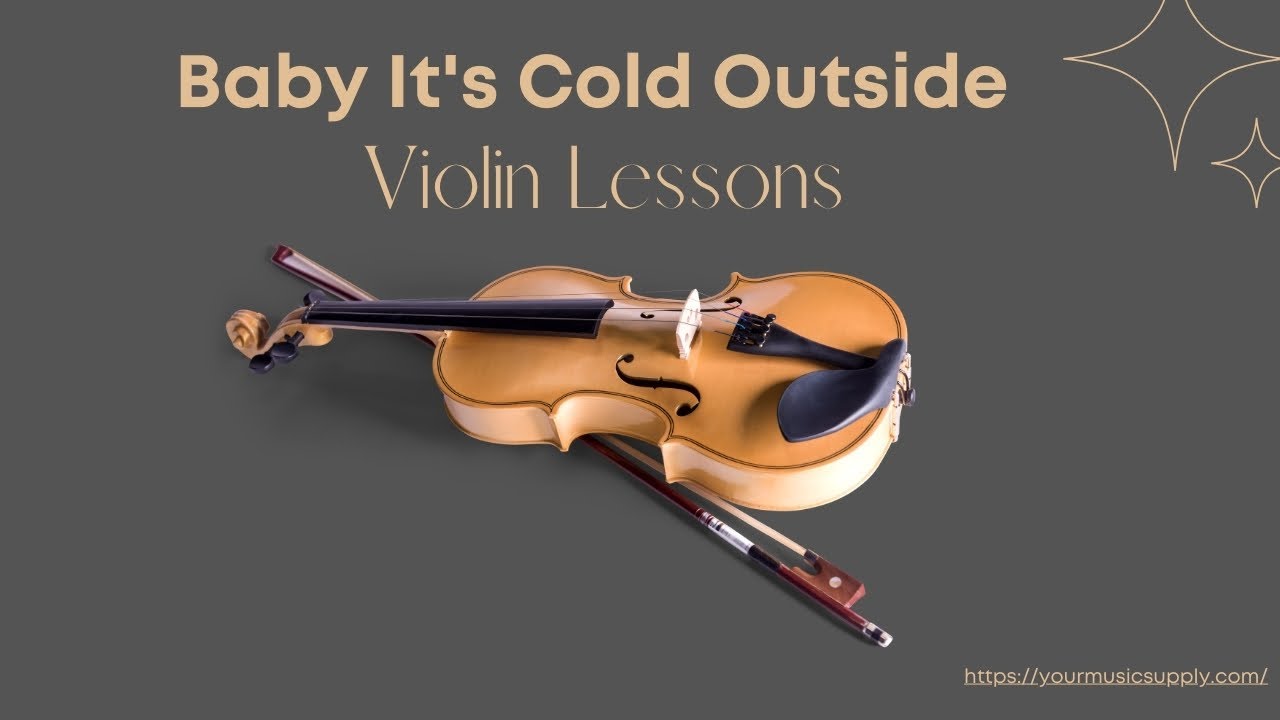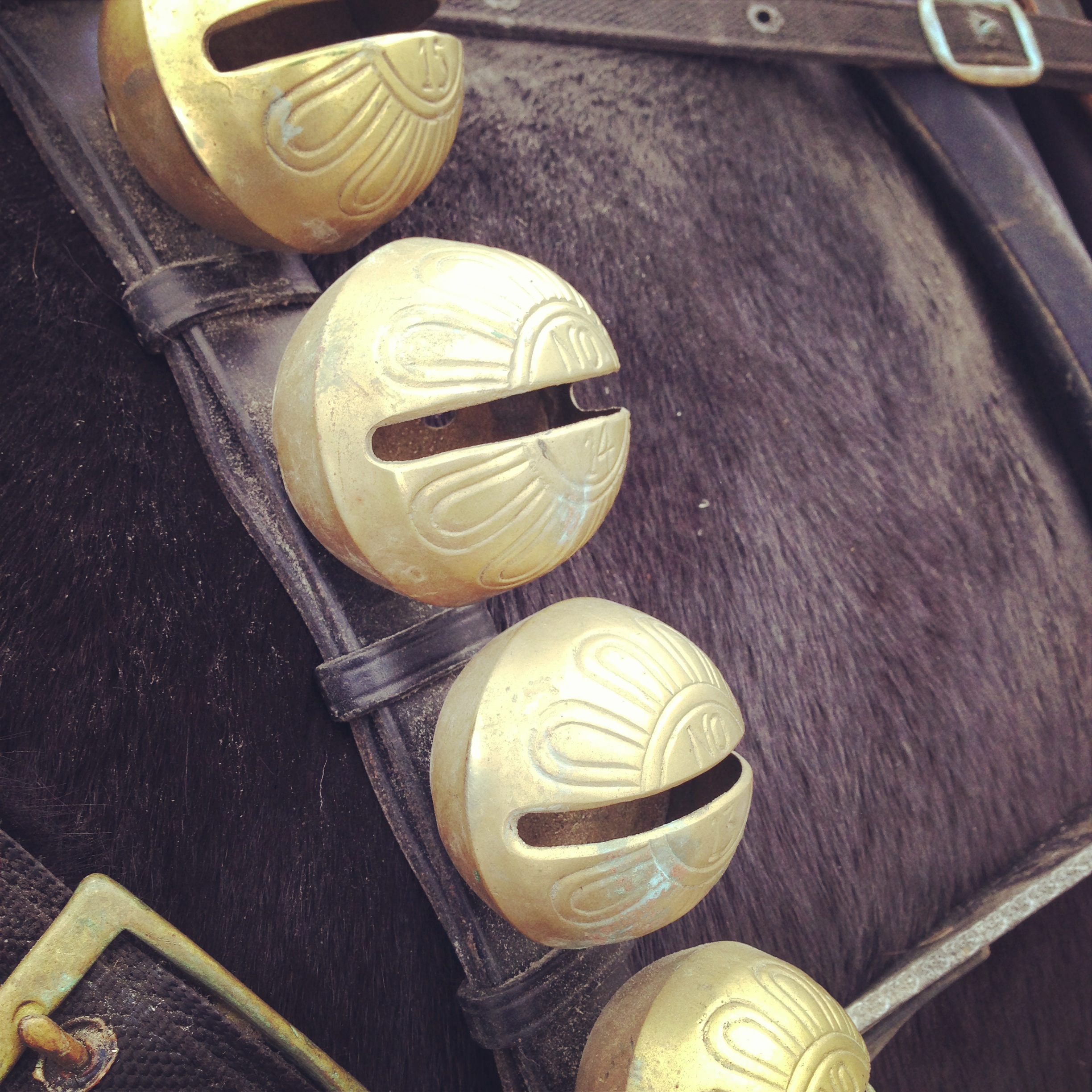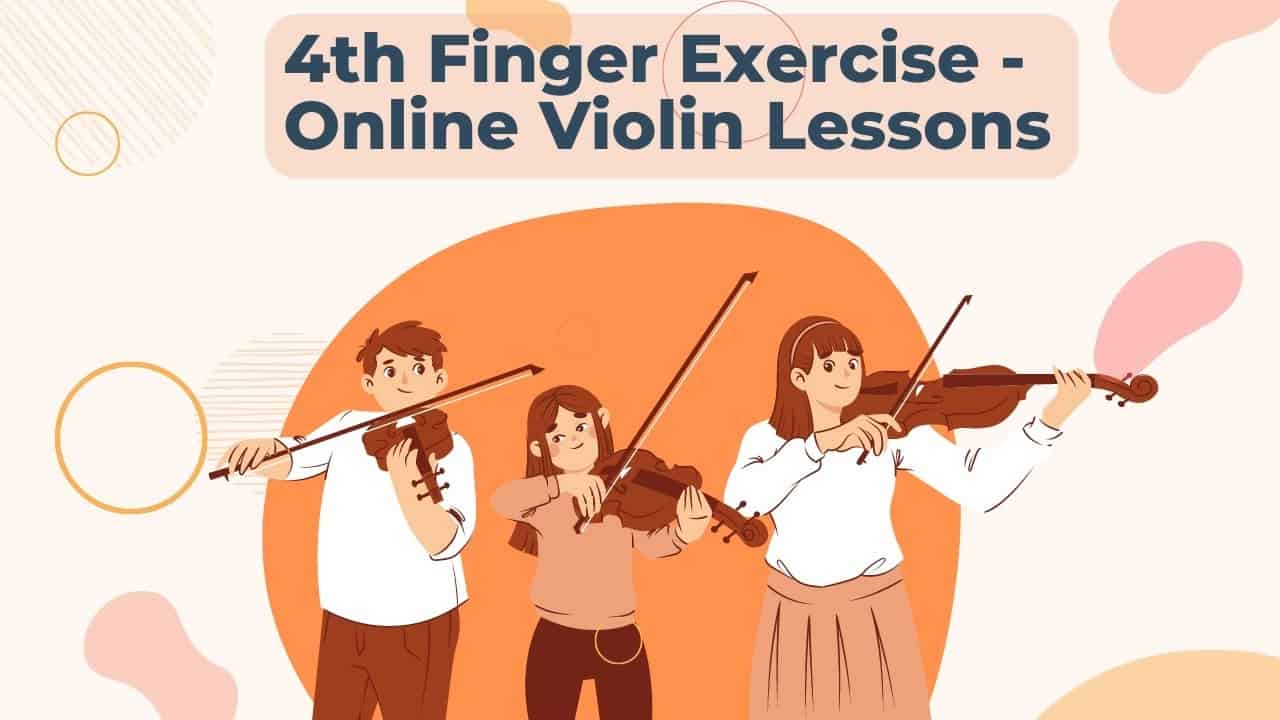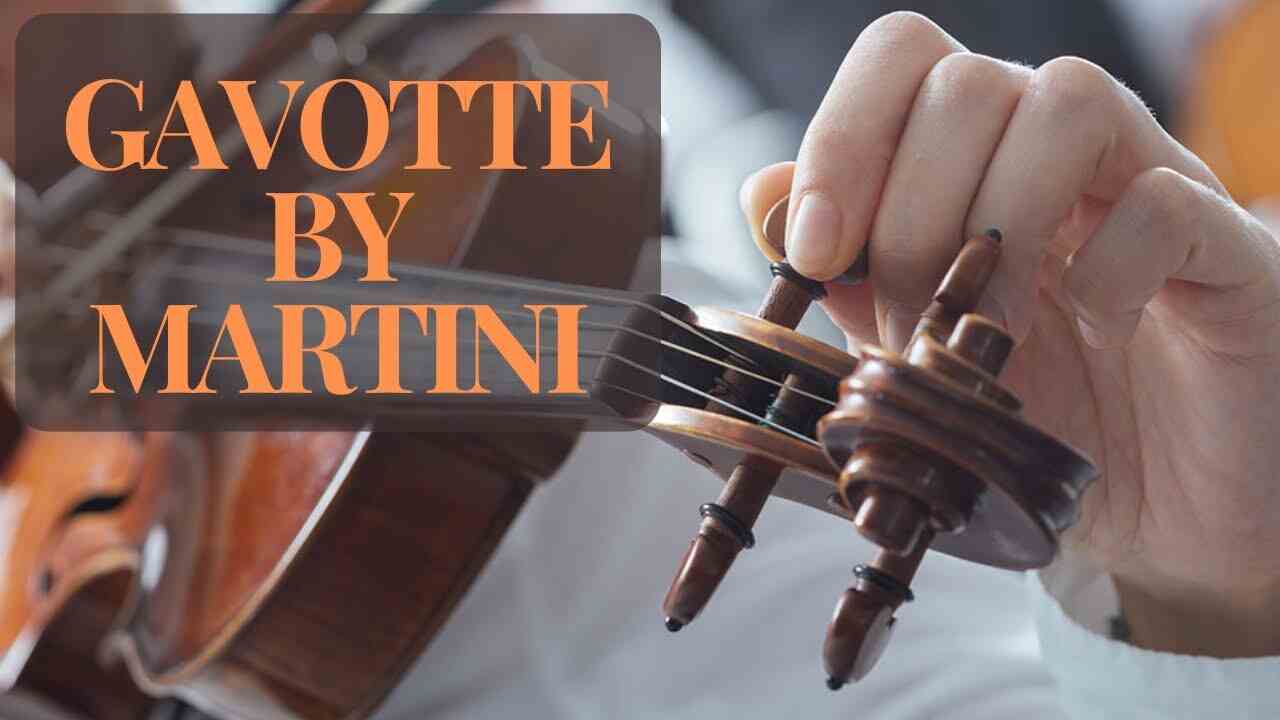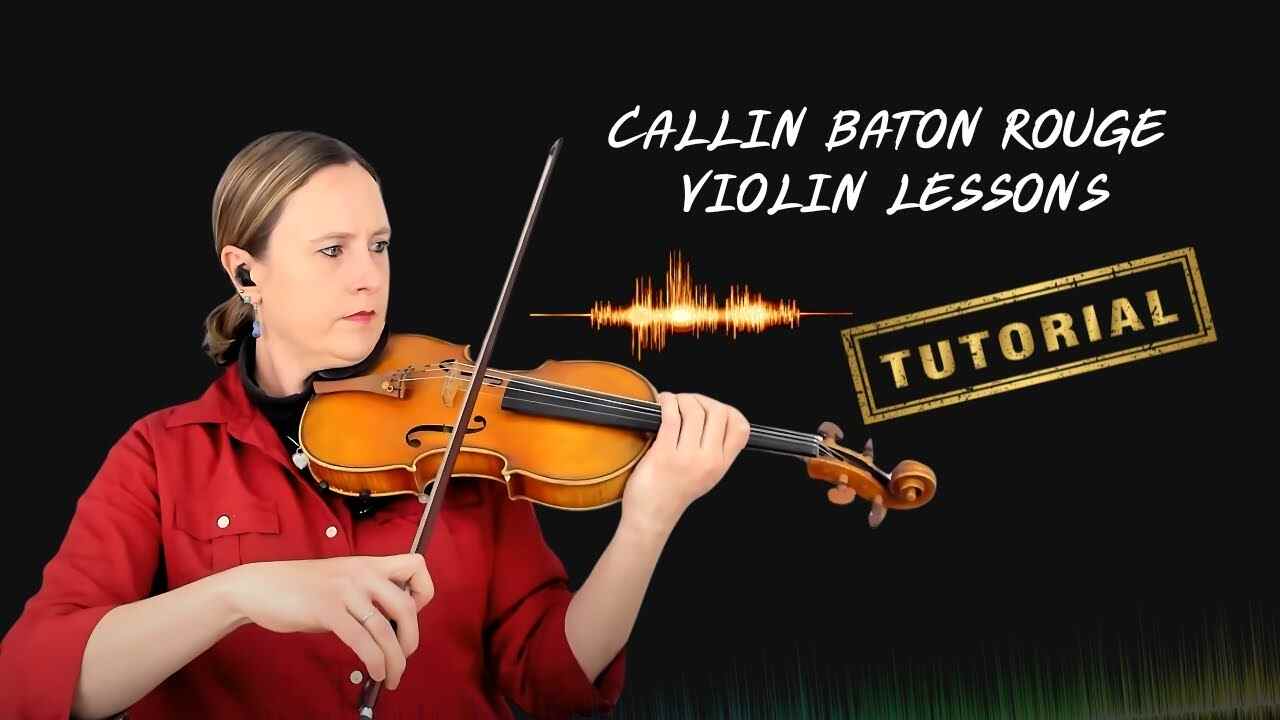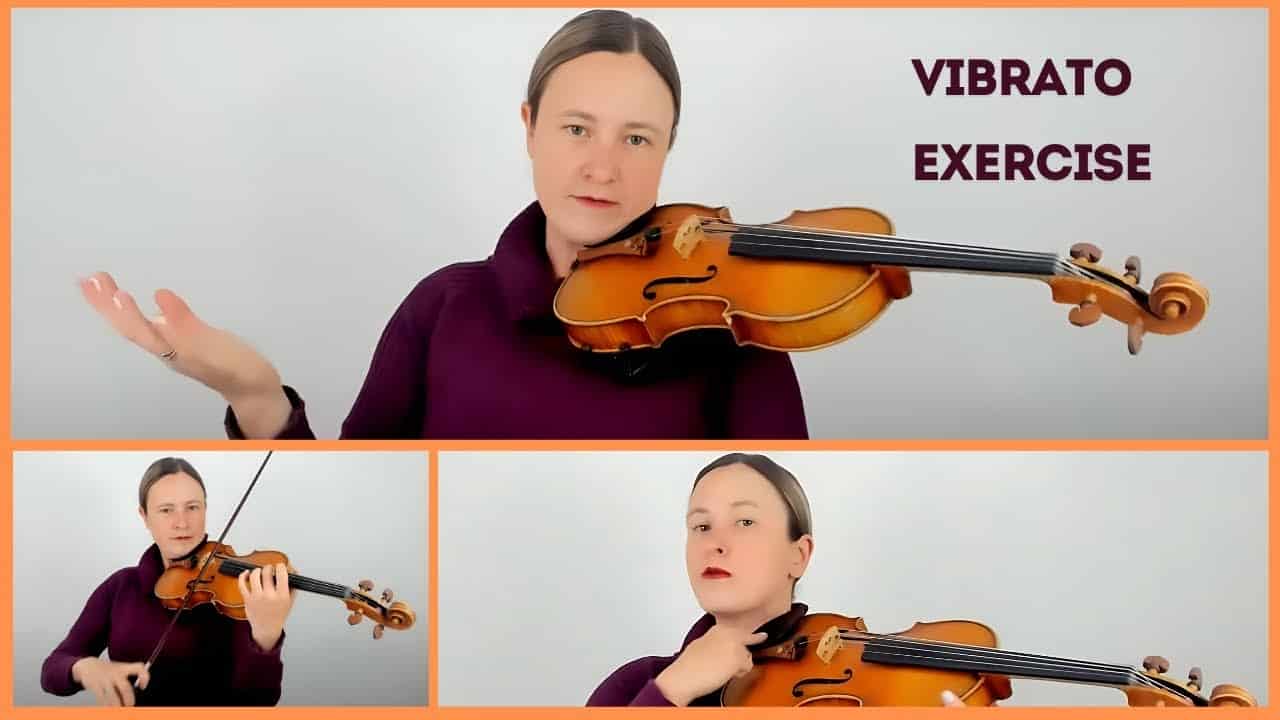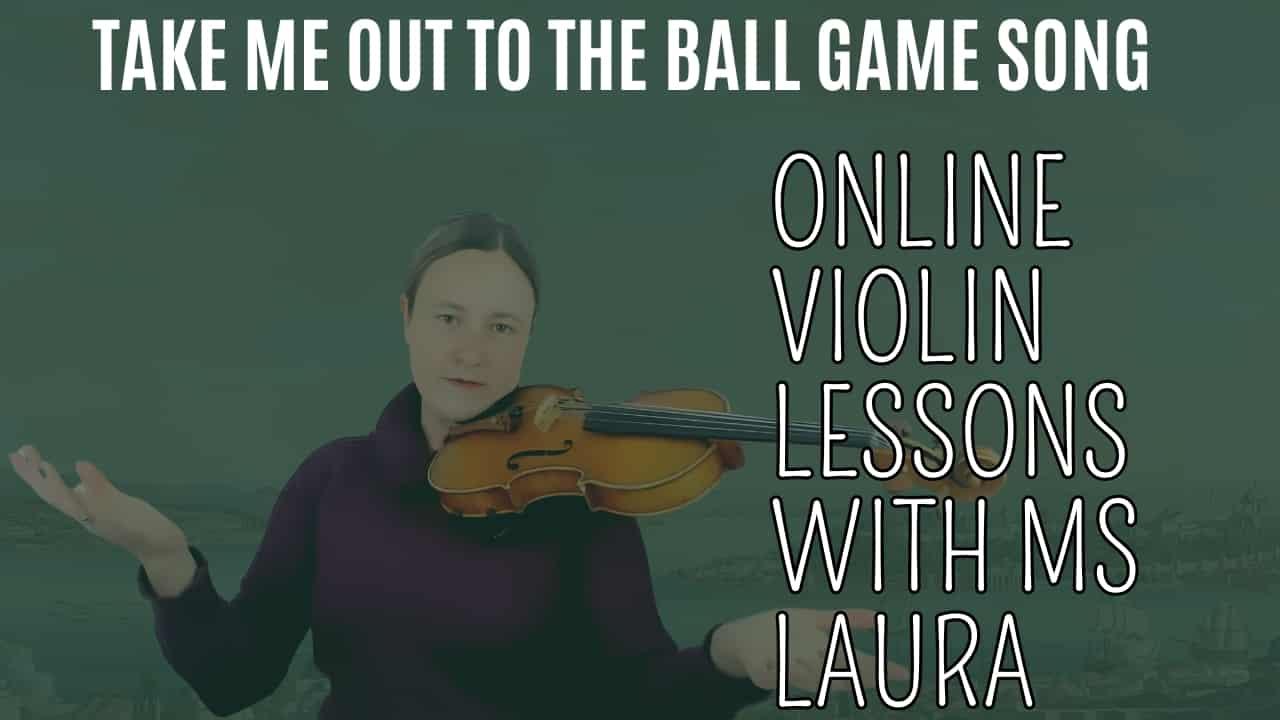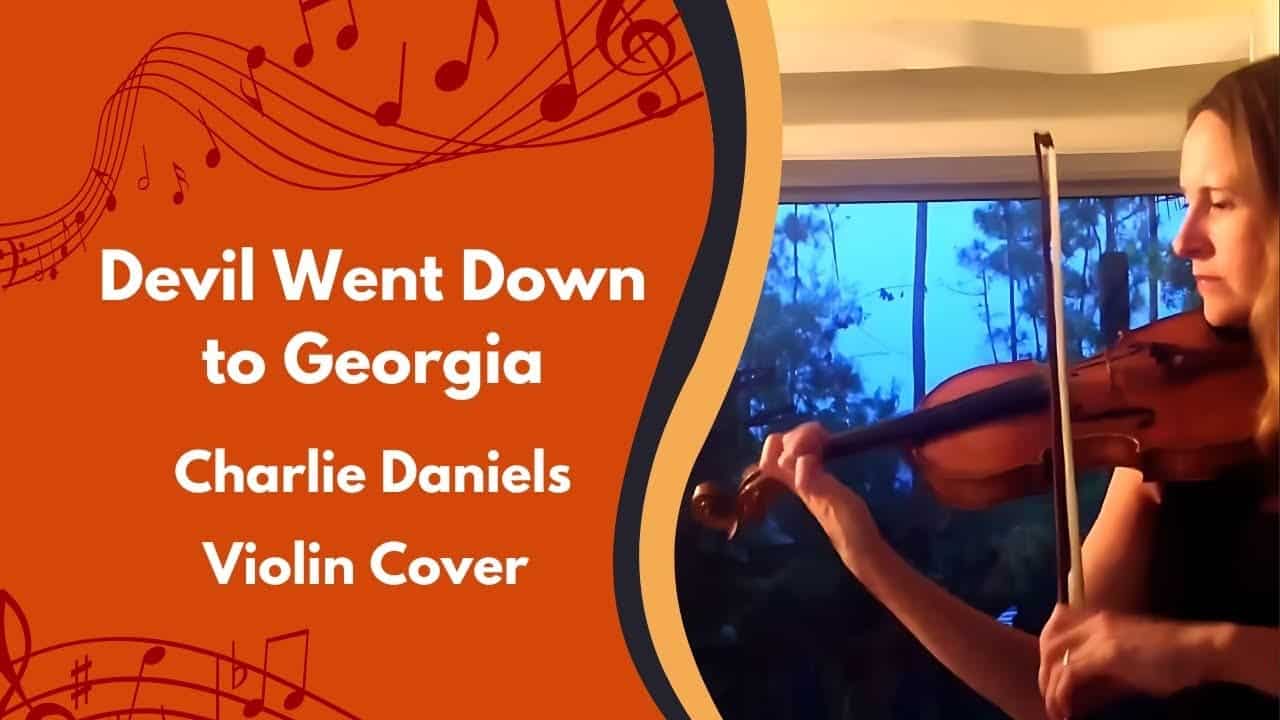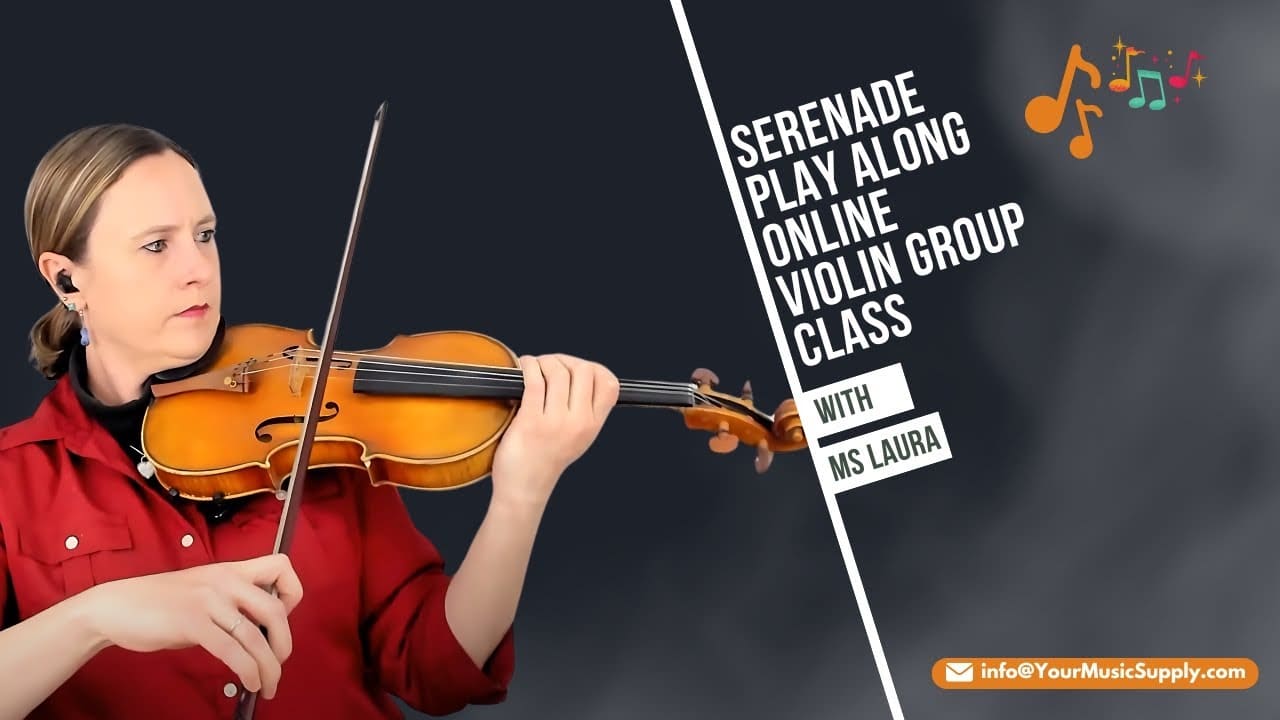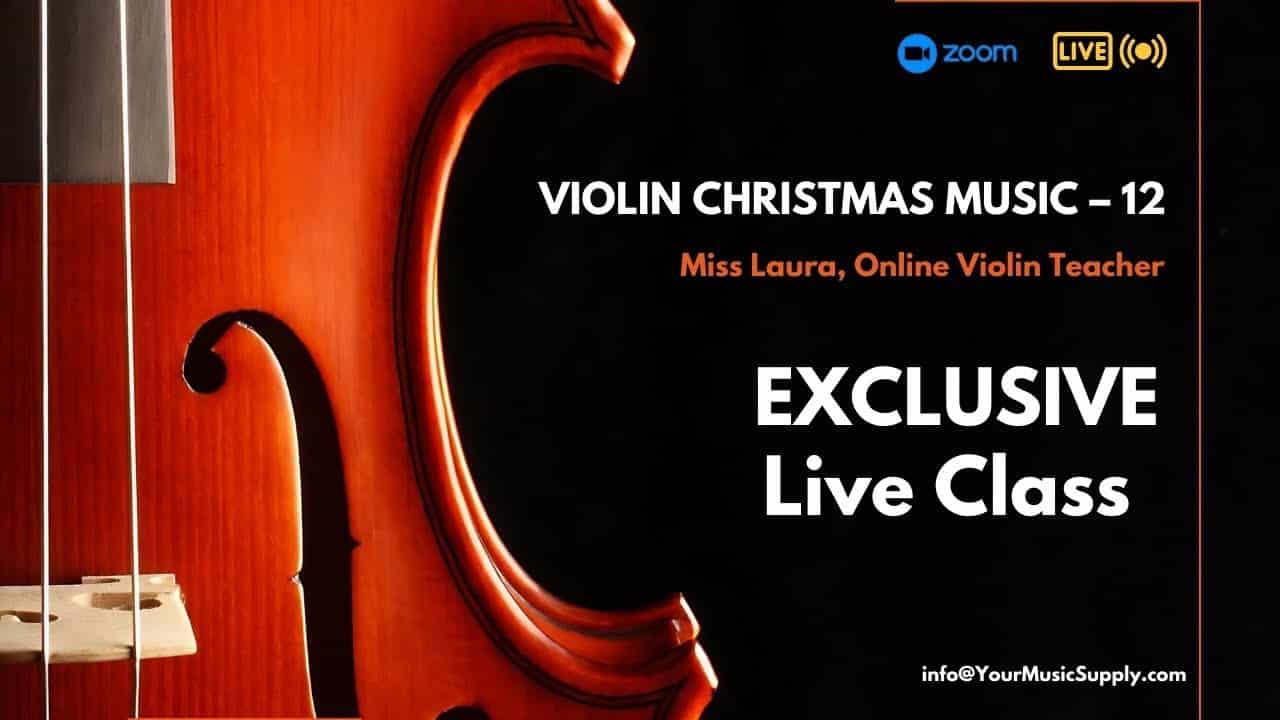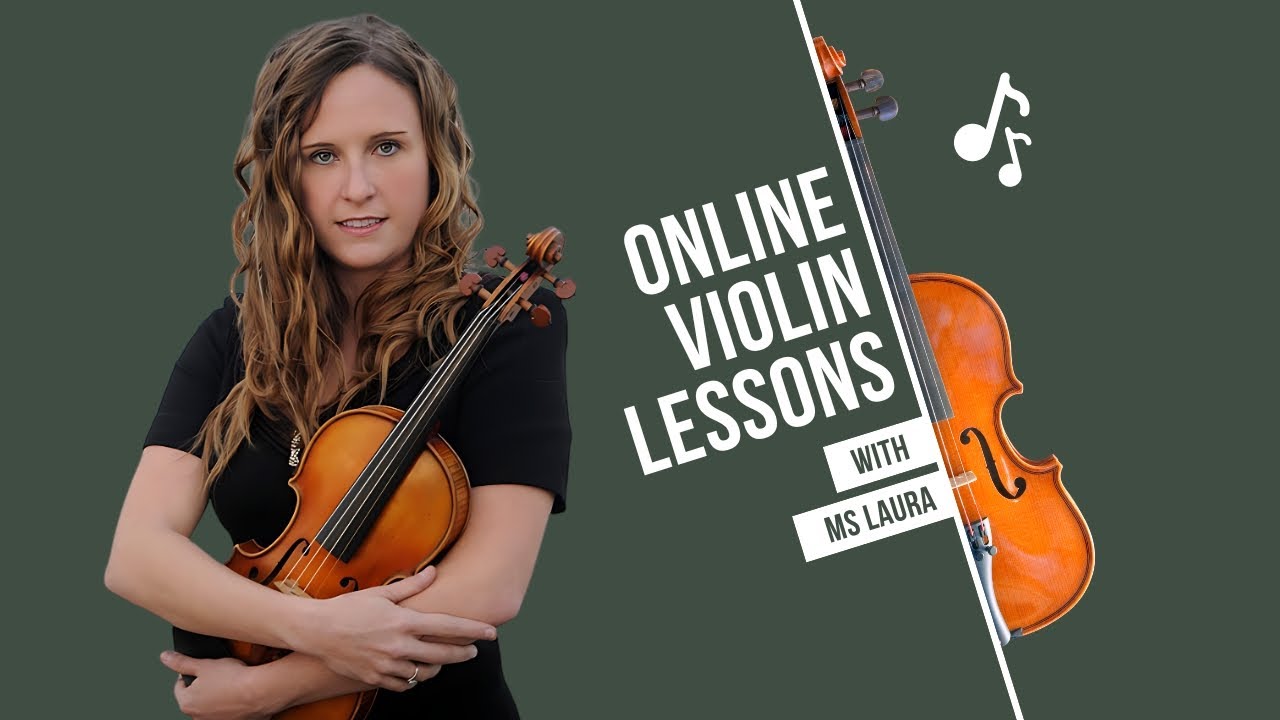Music and Christmas just go together, and the violin just adds that extra touch to the holiday season. The soft, expressive sound of the violin lends itself so well to timeless holiday songs; it thus becomes a favorite choice for many solo performers and ensembles alike. Perfecting Christmas music on the violin will take concentration, technique, musicality, and expression, whether you are a beginning or experienced violinist.
This blog will be taking an important look at some of the tips and techniques that will help master popular Christmas music with your violin-from improving finger positioning to bowing techniques that can make you play Christmas songs in beauty.
1. Picking out the Right Christmas Songs
To make things easy, most beginning violinists will want to search for Christmas songs that match their level of experience. Some well-recognized Christmas carols which would be appropriate to start with for beginners include the following:
- “Silent Night”
- “Jingle Bells”
- “Deck the Halls”
- “We Want You a Merry Christmas”
Others, such as “O Holy Night” or “The Nutcracker Suite”, are better suited for an intermediate to advanced violinist with the use of such a sophisticated bowing and shifting technique.
Tip: Practice pieces that you like to listen to and gradually begin to add those to your repertoire. Take a song or two and, over time, work your way up in difficulty as your technique progresses.
2. Finger Placement Overview
Finger placement when playing Christmas music on the violin is the most important thing, especially if clean, in-tune notes are desired. Most Christmas carols will be played in first and second positions, though a few pieces call for third or even higher positions and are therefore more advanced.
For beginners:
First and foremost, focus on securing first and second positions.
Practice simple scales such as G major and D major. Many Christmas songs are in these keys.
For advanced players:
Emphasize smooth and correct shifts between positions. Shifting exercises should be practised with the purpose of keeping the motion smooth.
If the song calls for higher positions-for example, “O Holy Night”-practicing position changes accurately will enhance your performance.
3. Bowing Technique Mastery
It is in the bowing that the violinists really bring out the Christmas spirit. The right bowing can turn a simple carol into a touching performance.
Legato Bowing
Smooth, flowing, legato bowing is ideal for Christmas pieces like “Silent Night” or “Away in a Manger.” It will enable one to introduce an easy, soothing manner of sound to the melody that is somewhat contemplative.
Staccato and Spiccato
Jingle Bells” or “Deck the Halls”, for instance, needs light and springy bowing. For such merry songs, practice staccato- a bowing style whereby the notes are separately played crisp and short. Spiccato is more complicated and involves the bow bouncing off the strings, which also can be used for faster songs to give it a light and playful feel.
Bow Distribution
Bow distribution will play a huge role in mastering the dynamics of Christmas music. In louder and sustained notes, use more bow, and in softer and quieter sections, use less bow. One of the important things concerning dynamic control in learning is how to learn the use of much bow.
Tip: Take some time over long tones, scales, and dynamic contrasts that you could nurture the control and expression.
4. Adopt Dynamics and Musicality
But playing Christmas songs on the violin is not just about hitting the right notes; it’s in the conveyance of emotion and expression. These songs denote joy, peace, and even nostalgia that your playing should let out.
Crescendos and Decrescendos
It’s with dynamic changes – like crescendos, where the volume builds up, and decrescendos, where it decreases – that the music seems to come alive. For instance, in “O Holy Night”, one is able to work his way up to the chorus with an intensified feeling in order to bring out a great deal of emotion.
phrasing
Consider each phrase as a sentence, with a beginning, middle, and an end. Let yourself feel the rise and fall of each musical phrase and contemplate an expression conveyed to you with the melody. For example, in “Silent Night,” you are going to bring out the serenity and peacefulness at the core of the music.
Hint: Record yourself playing, then listen to that recording to decide where you can add more expression and dynamic contrast.
5. Adding Warmth with Vibrato The technique one would probably want in order to make warm and rich Christmas music on a violin
performance would be vibrato. This is a slight oscillation of the pitch that will create this more expressive sound.
Vibrato: If you are a complete beginner to vibrato, start with slow, wide movements of either the wrist or arm on an open string, increasing your speed as you get comfortable.
Where to Apply Vibrato
Vibrato can work magic on the longer notes in slower, melodic songs such as “O Come All Ye Faithful” or “Ave Maria”. Handle it sparingly, only at those pivotal moments so that it becomes more emotionally convincing.
Tip: Don’t overdo it on the vibrato. A nice, clear, simple tone will be just as effective and even powerful sometimes in pieces like “Silent Night” or “The First Noel.”
6. Exercises with the Metronome
These carols may be in slow, moderate, or fast time, and it is always vital to keep a steady rhythm for any violinist. A metronome would be good to help with keeping time, especially in those quite up-tempo Christmas songs, such as “Jingle Bells.”
Start slowly with a focus on your accuracy, then increase the tempo as you get more comfortable with your piece. This is good in practicing with a metronome to stay consistent in carols that have rhythms that are potentially problematic.
Hint: Take trickier bits, and break down into smaller sections, then practice each bit separately and link all together.
7. Playing with Accompaniment
Christmas music is most often performed in ensembles or with some kind of accompaniment, such as piano or guitar. If you are planning to perform, it’s a good opportunity to get used to playing in time with others by practicing along with a backing track or accompanist.
Most Christmas songs come with a violin accompaniment track, and it is more fun and will help you with your timing. Hint: There are plenty of violin accompaniment options to Christmas music on sites like YouTube, or programs like SmartMusic. Avail yourself of those as you practice: 8. Preparing for Performances Be prepared if you’re going to perform some Christmas music at a holiday concert or for your family. At least a month or so in advance, you’ll want to set up a practice schedule. Include mock performances in that schedule to help you get used to the pressure of performing for others. Practice with your accompanist so that you both coordinate smoothly.
Practice in front of friends or family to learn comfort in playing in front of others. Warm up before performing; scales, bowing exercises, and difficult passages of the pieces performed are most important. 9. Keep the Motivation and Have Fun with the Music Holiday seasons are about joy. One should not focus on perfection but more about having fun with Christmas music on the violin, making sure the festive spirit is elaborated in the play. Whether it be for a holiday concert or mere enjoyment, the most important aspect of it is that you understand the music and enjoy the process.
Conclusion With the right techniques combined with an affection for the music, it takes practice to deliver a really lovely and expressive violin performance when playing Christmas music. Tips which will get the most of the holiday seasons with your violin include f rom selecting the song, from bowing techniques, and proper placing of your fingers.

